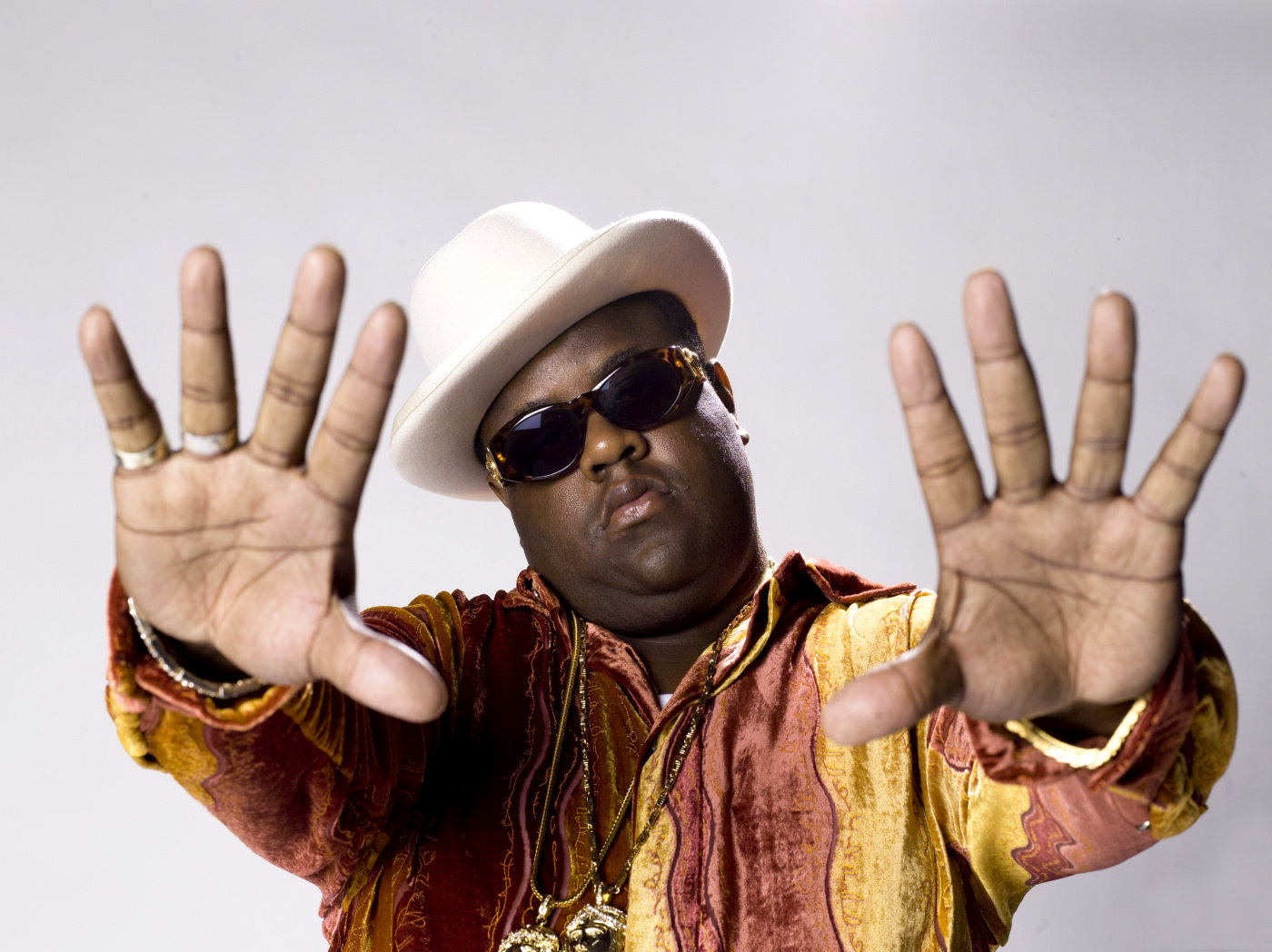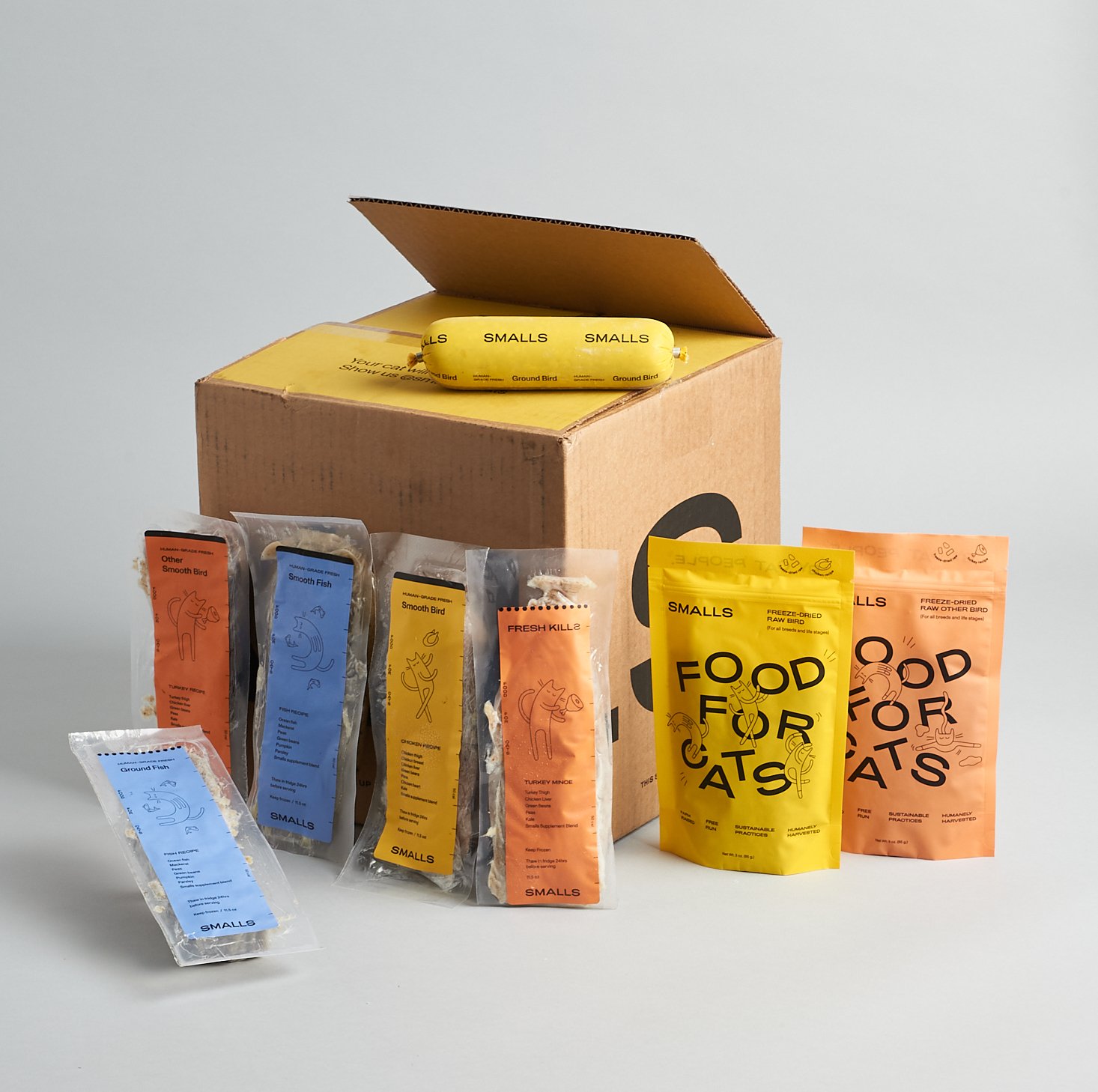Smalls Jazz Club - A Greenwich Village Icon
Down in the heart of Greenwich Village, there's a place that has been a true heartbeat for jazz music for a good long while now. It's called Smalls Jazz Club, and it first opened its doors in 1994. Mitchell Borden, a fellow who used to work on submarines and later as a nurse, got this whole thing going. He had a pretty clear idea of the kind of spot he wanted to create, a cozy corner where music could truly live and breathe, and people could gather to hear it. It's almost like stepping into a different world when you go inside, a bit of a secret spot really.
From the very beginning, this place drew in a particular crowd, you know, young folks, those with a free spirit, and people who really liked to talk about what they were hearing. The music, it just started up every night around ten-thirty, and sometimes, it would go on and on, way into the early hours. It was a spot where the sounds were the main event, and everyone who came through the door was there for that very reason. Smalls Jazz Club, you see, was built on a simple, yet powerful idea: making great jazz available to everyone who wanted to hear it, and providing a space for musicians to truly express themselves.
This spot quickly became a home for a fresh wave of musicians, people just starting out or looking for a place to really stretch their musical wings. It was, in a way, a hub for new talent, a place where sounds could grow and change. The club, it turns out, has a pretty interesting story about how it came to be what it is today, a story that includes a time when it didn't even serve drinks and was open around the clock, pretty much all the time. Smalls Jazz Club has always been about the music first, a place where the notes themselves are the star of the show.
Table of Contents
- What Makes Smalls Jazz Club So Special?
- How Does Smalls Jazz Club Keep the Music Going?
- Who Comes to Smalls Jazz Club?
- Where Can You Find Smalls Jazz Club's Sister Venue?
What Makes Smalls Jazz Club So Special?
There are a few things that really make Smalls Jazz Club stand out from other places where you might hear live music. For one, it's pretty small, which makes for a very close-up kind of feeling with the performers. You're right there, almost part of the music, you know? It's not a big, flashy place, and that's part of its charm. The focus is squarely on the sounds, on the people playing, and on the quiet attention of those listening. It’s a very different kind of setting, honestly, than some of the larger, more showy spots you might come across.
The Early Days of Smalls Jazz Club
Back when Smalls Jazz Club first got started, things were a bit different than they are now. For instance, they didn't even have a license to sell drinks, which is kind of unusual for a music spot, right? But that didn't stop the music from happening. In fact, the club was open all day and all night, pretty much twenty-four hours a day, seven days a week. It was a constant hub of activity, a place where the music just kept flowing. This round-the-clock operation, you know, really helped shape the unique vibe of Smalls Jazz Club in those early years.
It's interesting to think about how that lack of a liquor license, and the constant open doors, might have made the place feel even more like a true home for the music. People weren't there for the drinks; they were there purely for the sound. And, as a matter of fact, some of the musicians even made the club their actual living quarters for a while. Imagine that, living right there where the music happens! This really speaks to the kind of dedication and passion that was present at Smalls Jazz Club from the very beginning, a truly special connection between the players and the space.
A Place for Musicians to Call Home
That idea of musicians making Smalls Jazz Club their own spot, it really stuck. A whole new group of younger players quickly found their comfort zone here. It became their go-to place to practice, to play, and to just be around other people who loved jazz. This created a very special kind of energy, a feeling of community that you don't always find. It's almost like a family, really, where everyone is there to support the music and each other. The club became, in some respects, a kind of school, a training ground for the next wave of jazz talent.
The club's commitment to these emerging artists meant that the music was always fresh and exciting. You could hear new ideas taking shape, new sounds being explored, all within those intimate walls. This dedication to nurturing talent is a big part of what makes Smalls Jazz Club so important in the jazz world. It’s not just a venue; it's a place where the future of jazz is, you know, sort of being shaped, night after night. You could say it's a spot where musical dreams are given a chance to really take flight, a very supportive kind of atmosphere for creativity.
How Does Smalls Jazz Club Keep the Music Going?
Smalls Jazz Club has always been about making jazz accessible, and that hasn't changed, even as the ways we experience music have. They've found some pretty clever ways to make sure that the sounds from their stage reach people far beyond the physical room itself. This commitment to sharing the music is a big part of their philosophy, a way of keeping the tradition alive and introducing it to new ears. It’s pretty impressive, actually, how they've managed to stay current while holding onto their core values.
SmallsLive - Reaching Beyond the Room
One of the truly forward-thinking things Smalls Jazz Club started doing was live streaming their shows. They actually began doing this way back in 2007, which was pretty early for that kind of thing. This means that people from all over the world can tune in and listen to the performances happening right there in the club, without having to be in New York City. And the best part? There's no cost to watch these live streams. You can just, you know, enjoy the music from wherever you are, which is pretty cool.
Beyond just streaming, SmallsLive, which is the name for their broader operation, does a lot more to support jazz. They keep an archive of past performances, so you can go back and listen to shows from years ago. They also help support jazz music and the people who play it through various programs. This includes sponsoring musicians and providing educational resources. It's more than just a club; it's a whole platform dedicated to preserving and sharing the rich history and future of jazz. This broader effort really shows how much Smalls Jazz Club cares about the music itself, truly.
Who Comes to Smalls Jazz Club?
The people who come to Smalls Jazz Club are, for the most part, truly dedicated to jazz. They're the kind of folks who really appreciate the nuances of the music, and they come prepared to listen. It's a place where the audience is, you know, very respectful of the performers and the art being created. You won't find a lot of loud chatter or distractions here; the focus is on the sounds coming from the stage. This creates a very special kind of atmosphere, a shared experience among everyone in the room.
It's often said that Smalls is for "jazz purists," and that's a pretty good way to describe it. These are people who don't mind that the club is a bit small and, honestly, a little cramped. They're not looking for fancy surroundings or a lot of frills. What they're after is the real deal, some truly great jazz music, played by talented people. They're willing to trade a spacious environment for an up-close, honest musical encounter. It’s a bit like a secret handshake, you know, for those who truly get it.
The Smalls Jazz Club Experience
When you step inside Smalls Jazz Club, you'll find yourself in a nice, cozy spot downstairs. It feels very close and personal, which is exactly what you want when you're listening to live jazz. The music, it's the main attraction here, always. They usually have at least three different groups playing all night, every single night, which is a lot of music to take in! Recently, for example, someone saw David Gilmore on guitar with Gadi Lehavi on keys, Ele Howell on drums, and Boris on bass, which sounds like a pretty amazing lineup, honestly.
To make sure everyone gets a good spot and the experience stays intimate, you usually need to make a reservation to get in. And yes, they do serve drinks now, so you can enjoy a beverage while you listen. The whole setup is about giving you an immersive time with the music, letting you really sink into the sounds. It's a place where the long-standing traditions of jazz are honored, but where new sounds are also given a chance to shine. Smalls Jazz Club is, in a way, a living piece of jazz history, but also a place that keeps moving forward.
Where Can You Find Smalls Jazz Club's Sister Venue?
Smalls Jazz Club isn't the only spot operated by SmallsLive in Greenwich Village. They actually have another club, which shares a similar spirit but has its own unique feel. This second venue helps expand the reach of the organization's mission to support and present jazz music. It's pretty cool that they have more than one place where you can go and experience this kind of live sound, really, giving people more options for hearing great music.
Mezzrow Jazz Club - Another Spot for Pure Sound
The other place they run is called Mezzrow Jazz Club. This one is often described as a room specifically for piano and bass duos, which gives it a slightly different, perhaps even more focused, kind of intimate sound. It's another place where the emphasis is purely on the music, a bit like Smalls, but with its own particular flavor. If you're looking for a quieter, more stripped-down jazz experience, Mezzrow might be just the ticket. It shows that SmallsLive is committed to providing a variety of settings for jazz fans, all with the same high quality of performance. So, you know, you have options.
Both Smalls Jazz Club and Mezzrow work together to create a strong presence for jazz in New York City. They both stand as places where the tradition is respected, but where the music is also allowed to grow and change. It's a testament to the vision that Mitchell Borden started all those years ago, a vision that continues to thrive and bring joy to many listeners. These clubs, really, are more than just buildings; they're homes for a particular kind of sound, a sound that keeps on living and breathing thanks to the dedication of the people who run them and the musicians who play there.

13th Anniversary of Notorious B.I.G. (Biggie Smalls) – Songs and Lyrics

Smalls Fresh Cat Food Review: Is This Fresh Food Right For Your Cat?

Smalls Sliders to slide into Metairie, Louisiana | QSR Web